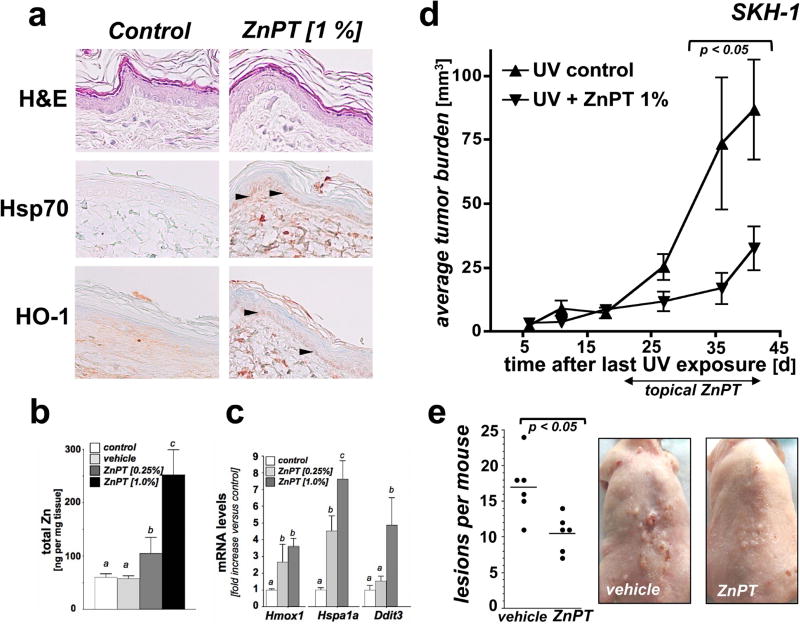Fig. 6. ZnPT suppresses murine cutaneous photocarcinogenesis in a topical post-UV regimen.
(a) SKH-1 mice (three per group) were treated with either topical ZnPT [0.25 % or 1% (w/w in carrier); 24 h continuous exposure] or vehicle (Vanicream™; control). Paraformaldehyde-fixed, paraffin-embedded 3 µm sections were then analyzed by immunohistochemical detection of Hsp70 and HO-1 with hematoxylin counterstaining. Arrow heads: basal epidermal layer displaying ZnPT-induced Hsp70/HO-1 upregulation. (b) After treatment as specified in (a), total cutaneous zinc content was determined by ICP-MS [Zn (ng/mg tissue)]. (c) After treatment as specified in (a), cutaneous Hmox1 Hspa1a Ddit3 mRNA levels were determined by real time RT-PCR analysis (p < 0.001). (d) After implementation of a chronic UVB exposure regimen [< 190 mJ/cm2; three times per week; 18 weeks] followed by a three week gap period, tumor-prone 'high risk' mice were subjected to topical treatment [1% ZnPT in Vanicream™ versus vehicle only (control), three times per week for 3 weeks; n=6 per group]. ZnPT treatment caused a significant decrease in average tumor burden of UV-exposed papilloma-bearing SKH-1 mice (p < 0.05; assessed as total papilloma volume). (e) Reduction of lesions per mouse as a consequence of ZnPT topical treatment (p < 0.01; Mann-Whitney nonparametric statistical analysis). Representative images taken at the end of the topical treatment regimen are displayed.

